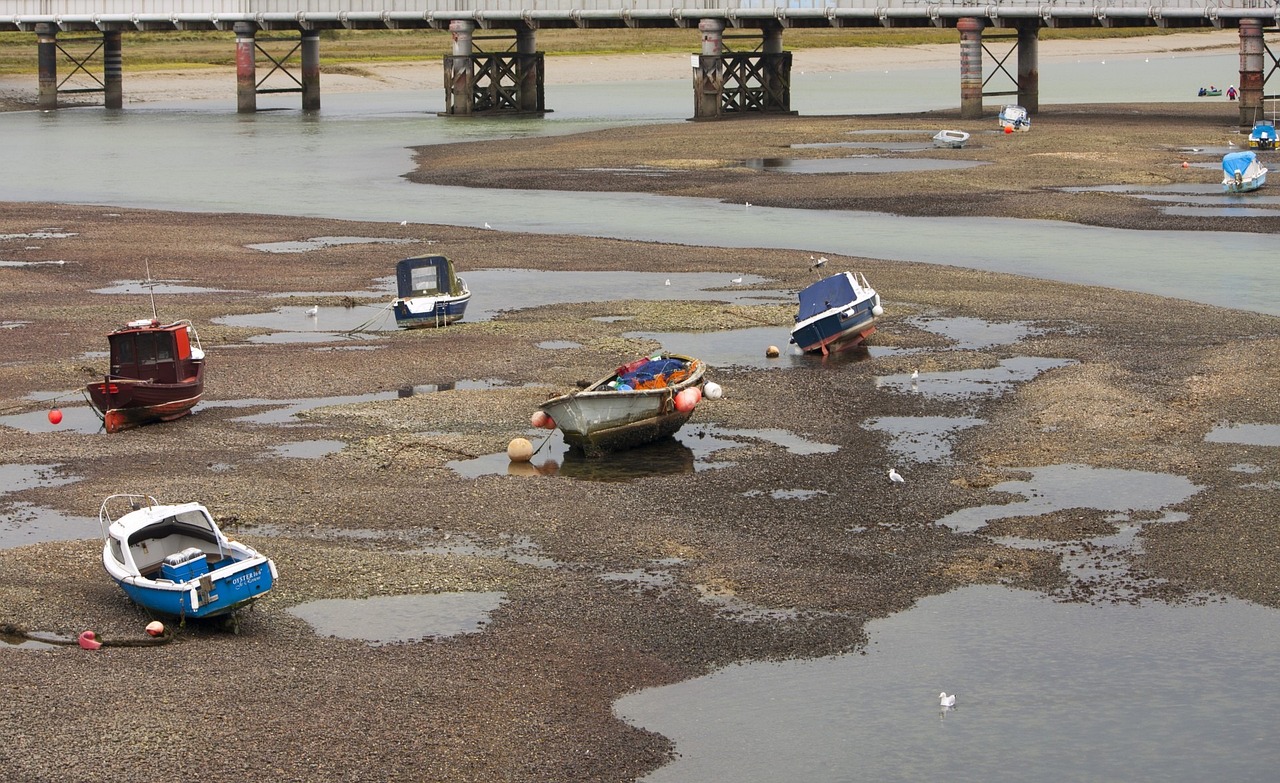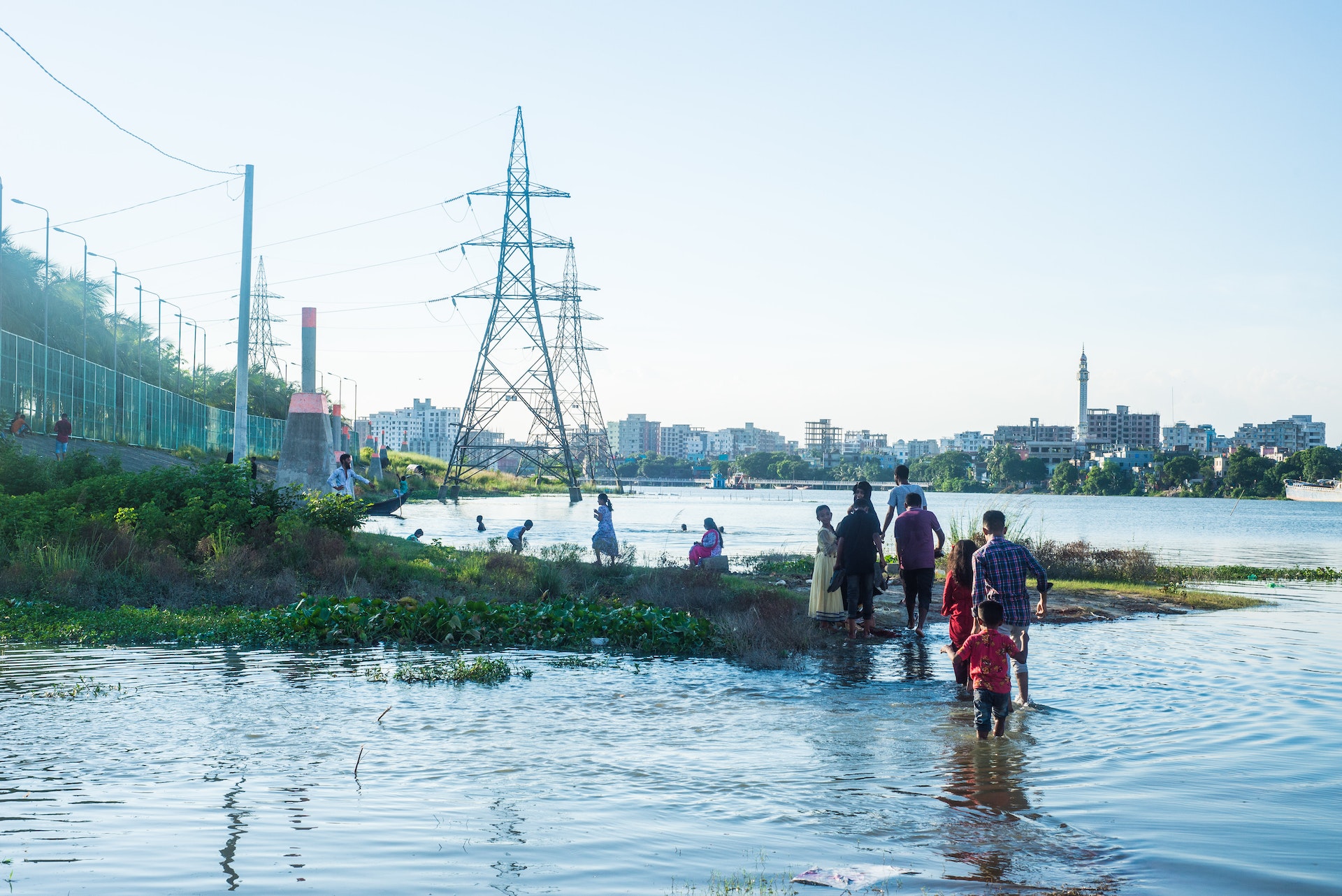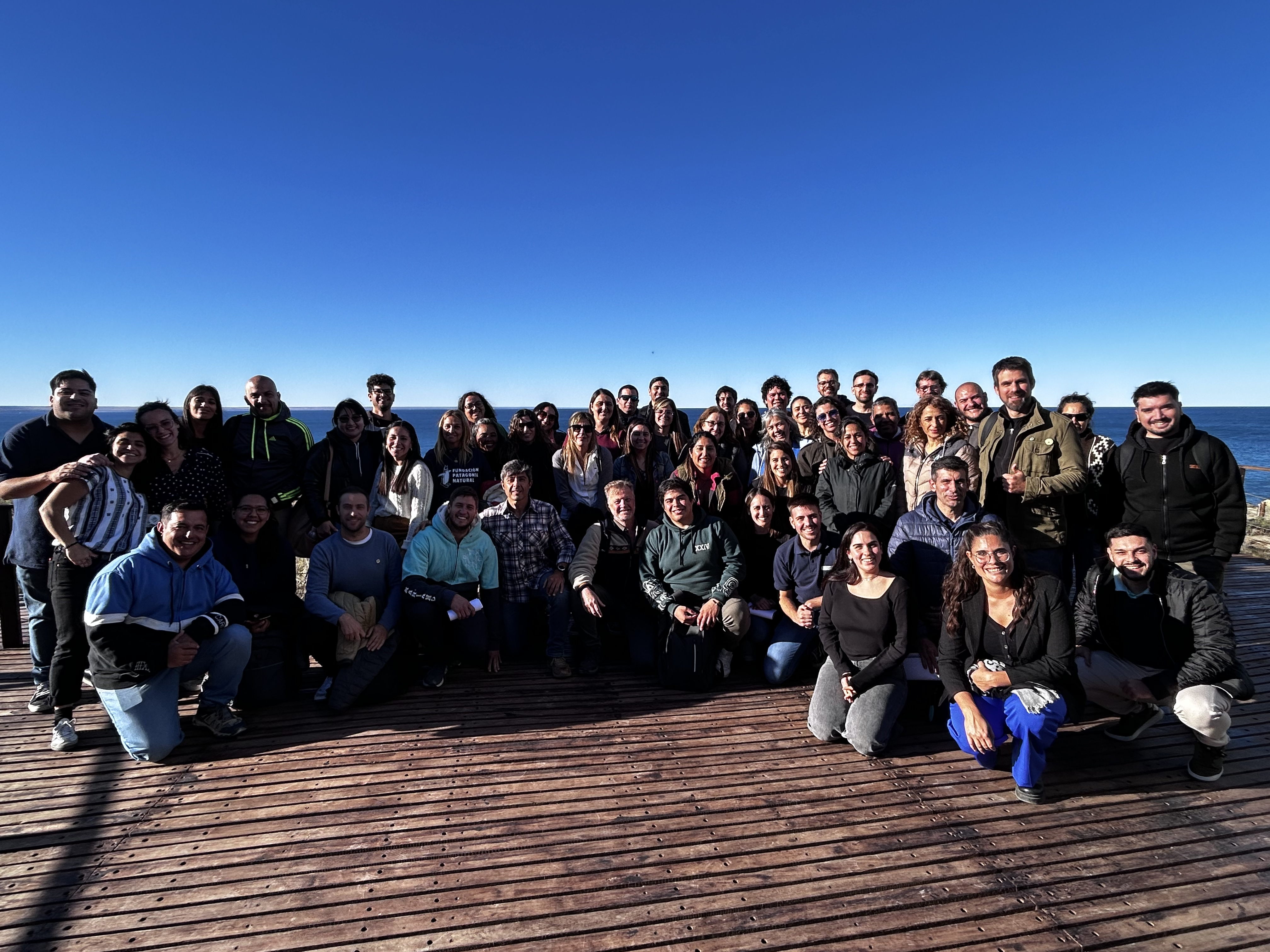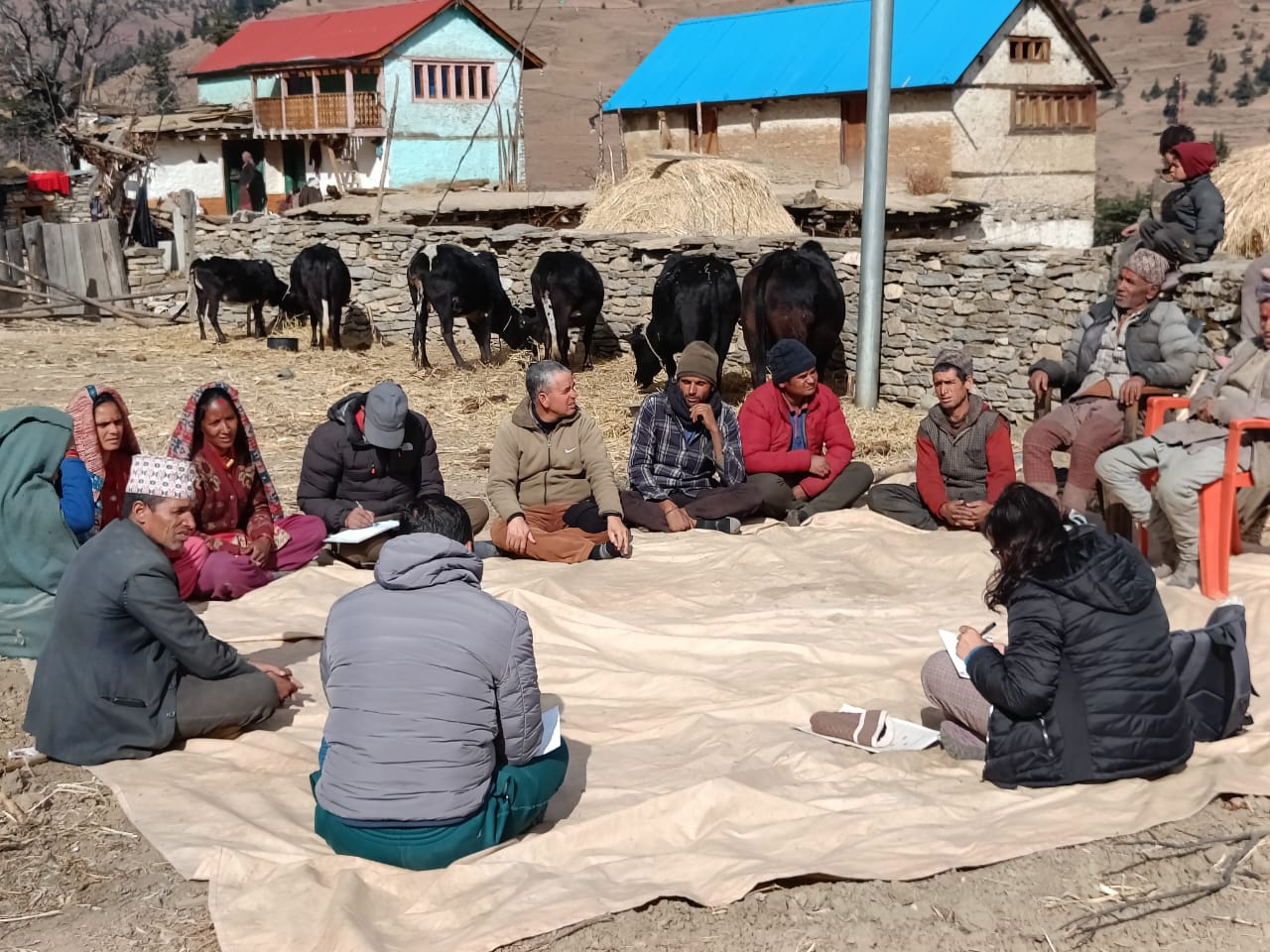Climate Proofing
Climate Proofing Sustainable Energy Solutions – The what, the why and the how
The transition to clean and affordable energy for all will take place while the world is finding ways of adapting to the impacts of climate change. All aspects of our lives are (or will be) affected by climate change – if not now, then in the near future. Even sustainable energy solutions that have been developed to mitigate climate change, such as solar mini-grids and hydropower plants, will be impacted. Although sustainable energy solutions are vital in the fight against climate change, they are vulnerable to risks resulting from it.
What is happening and why should you consider climate-proofing sustainable energy solutions?
Whether in rural or urban areas, extreme weather events pose a threat to energy infrastructure. For example, droughts limit the available water resources necessary for operating hydro and thermal power stations, and floods can force hydro power stations to operate in bypass mode – which lowers their hydro-electric output or disrupts it completely.
Risks to energy technologies due to extreme weather events caused by climate change can take many forms: even sustainable energy solutions reliant on solar PV and storage facilities face the risk of reduced efficiency or shorter lifespans due to exposure to temperature extremes.

Climate-proofing sustainable energy solutions means ensuring that climate-related risks are integrated into the design and operational stages when implementing an energy project (or, indeed, any infrastructure project). Climate-proofing is crucial because it seeks to reduce the risks and aims to make energy solutions more resilient, with the goal of achieving maximum benefit for people and the environment.
What if sustainable energy solutions are not climate-proofed? What could happen if you fail to consider the risks resulting from climate change when designing a new renewable energy project?
If energy infrastructure is not climate-proofed, severe infrastructural damage could occur. This could lead to a number of adverse consequences such as forced migration, political unrest, drastically declining labour productivity and the breakdown of public health services (not an exhaustive list) – all of which has a direct negative impact on the clean energy transition process. Climate-proofing sustainable energy solutions is crucial: neglect this aspect and all the progress you have made could be in jeopardy.
Therefore, the most urgent question to answer is: How can sustainable energy solutions be climate-proofed? What should be considered?
The WISIONS initiative and the Wuppertal Institute are tackling this question in close collaboration with an international consortium of researchers and private entities within the framework of the Smart Energy Solutions for Africa (SESA) Project. Recently, SESA published an insightful guideline on the topic of climate-proofing. It recognizes that building climate-proofed energy infrastructure is a complex issue, but the most important aspects to consider can be summarised in the following six key points:
- As always, the first step is to raise awareness. Spread the word about climate-proofing and make it so commonplace that it becomes an automatic consideration for all energy projects.
- Climate-proofing is always more effective and cheaper when it is embedded at an early stage, so include it right from the outset – in the design phase.
- The integration of climate-proofing into the financing and business models of sustainable energy solutions is crucial, but be aware that it can increase the complexity of the project design and increase the upfront costs and financing needs.
- Make use of reliable climate change impact projections and risk assessments.
- Help to mainstream climate-proofing into policies and regulations.
- Make use of loans, grants, debt relief mechanisms and blended finance when implementing climate-proofing energy solutions for your business, as these are the typical approaches for climate adaptation financing.
We highly recommend the SESA report for anyone who wants to delve deeper into the topic of climate-proofing! You can find it on the project’s website.



